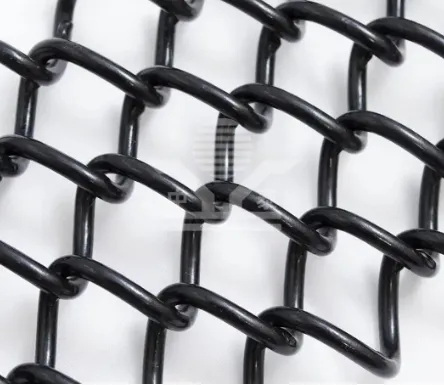The Importance of HVAC Sound Barriers in Modern Architecture
Heating, Ventilation, and Air Conditioning (HVAC) systems are crucial for maintaining comfortable indoor environments in residential, commercial, and industrial buildings. However, one often overlooked aspect of these systems is the noise they produce. HVAC systems can generate significant sound levels that may disrupt the harmony and tranquility of a space. This is where the concept of HVAC sound barriers becomes exceptionally relevant.
Understanding HVAC Noise
HVAC noise primarily originates from various components such as fans, compressors, and ductwork. The sound produced can be characterized by its frequency, intensity, and duration. Low-frequency noises, like those produced by large chillers or cooling towers, can propagate through walls and windows, leading to disturbances in adjacent spaces or neighboring buildings. Moreover, high-decibel levels can contribute to increased stress and discomfort for occupants, adversely affecting their health and productivity.
The Role of Sound Barriers
To mitigate the noise associated with HVAC systems, sound barriers can be implemented. These barriers are materials or structures designed to block or absorb sound waves, effectively reducing the noise reaching living or working areas. By integrating sound barriers into HVAC design, architects and engineers can improve user experience while maintaining system efficiency.
Types of HVAC Sound Barriers
1. Acoustic Panels These are specialized panels made from sound-absorbing materials such as foam or fiberglass. They can be strategically placed along walls or ceilings to absorb sound and reduce echo, creating a quieter atmosphere.
2. Mass-Loaded Vinyl (MLV) MLV is a dense material that can be applied to walls, ceilings, or floors. It adds mass to the surface, thereby damping sound transmission. MLV is particularly effective in preventing low-frequency noise from escaping HVAC systems.
3. Duct Insulation Insulating ductwork can significantly reduce the sound emanating from HVAC systems. Insulation materials such as fiberglass not only reduce heat loss but also help in dampening sound vibrations traveling through the ducts.
hvac sound barrier

4. Sound Enclosures For particularly noisy HVAC units, constructing sound enclosures may be necessary. These are structured barriers designed to encase the equipment and limit sound emission to the surrounding environment.
Benefits of Implementing Sound Barriers
Integrating HVAC sound barriers in building design can yield numerous benefits
- Improved Comfort Reducing noise levels enhances the comfort of occupants. In residential settings, quieter environments contribute to better sleep and relaxation, while in commercial spaces, reduced noise can lead to increased focus and productivity.
- Compliance with Regulations Many regions have noise regulations that must be adhered to. Implementing sound barriers can help ensure compliance, preventing potential fines and enhancing the reputation of the building.
- Increased Property Value Properties that emphasize comfort and reduced noise levels are often more attractive to potential buyers or renters. This can lead to increased property values and faster occupancy rates.
- Enhanced Energy Efficiency Often, HVAC systems operate more efficiently in quieter environments. By minimizing noise barriers, the systems may require less energy to operate, leading to lower utility bills.
Conclusion
In conclusion, the implementation of HVAC sound barriers is a vital consideration in modern architectural design. As urbanization continues to rise and spaces become more densely populated, the need for quiet, comfortable environments becomes even more critical. By utilizing various sound reduction techniques, architects, engineers, and builders can create buildings that promote health, productivity, and overall well-being, all while ensuring the effective functioning of essential HVAC systems. Investing in sound barriers is not merely an aesthetic choice; it is an investment in quality of life.
-
Why Galvanized Trench Cover Steel Grating Resists Corrosion
NewsJul.10,2025
-
The Versatility and Strength of Stainless Expanded Metal Mesh
NewsJul.10,2025
-
Load Calculations in Steel Grating Platforms
NewsJul.10,2025
-
Keeping Pets and Kids Safe with Chicken Wire Deck Railing
NewsJul.10,2025
-
Hole Diameter and Pitch for Round Perforated Metal Sheets
NewsJul.10,2025
-
Aluminium Diamond Mesh in Modern Architecture
NewsJul.10,2025
Subscribe now!
Stay up to date with the latest on Fry Steeland industry news.

